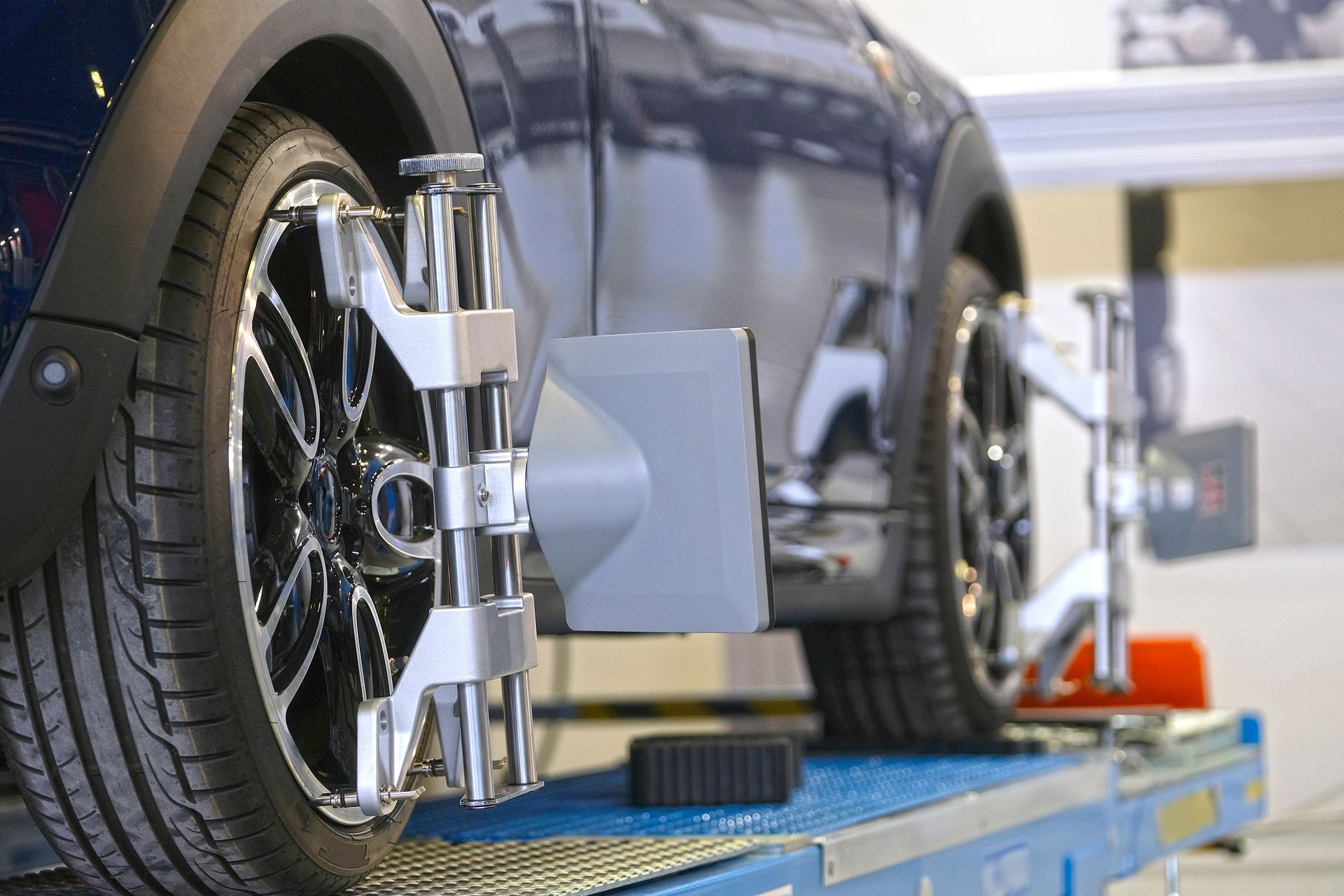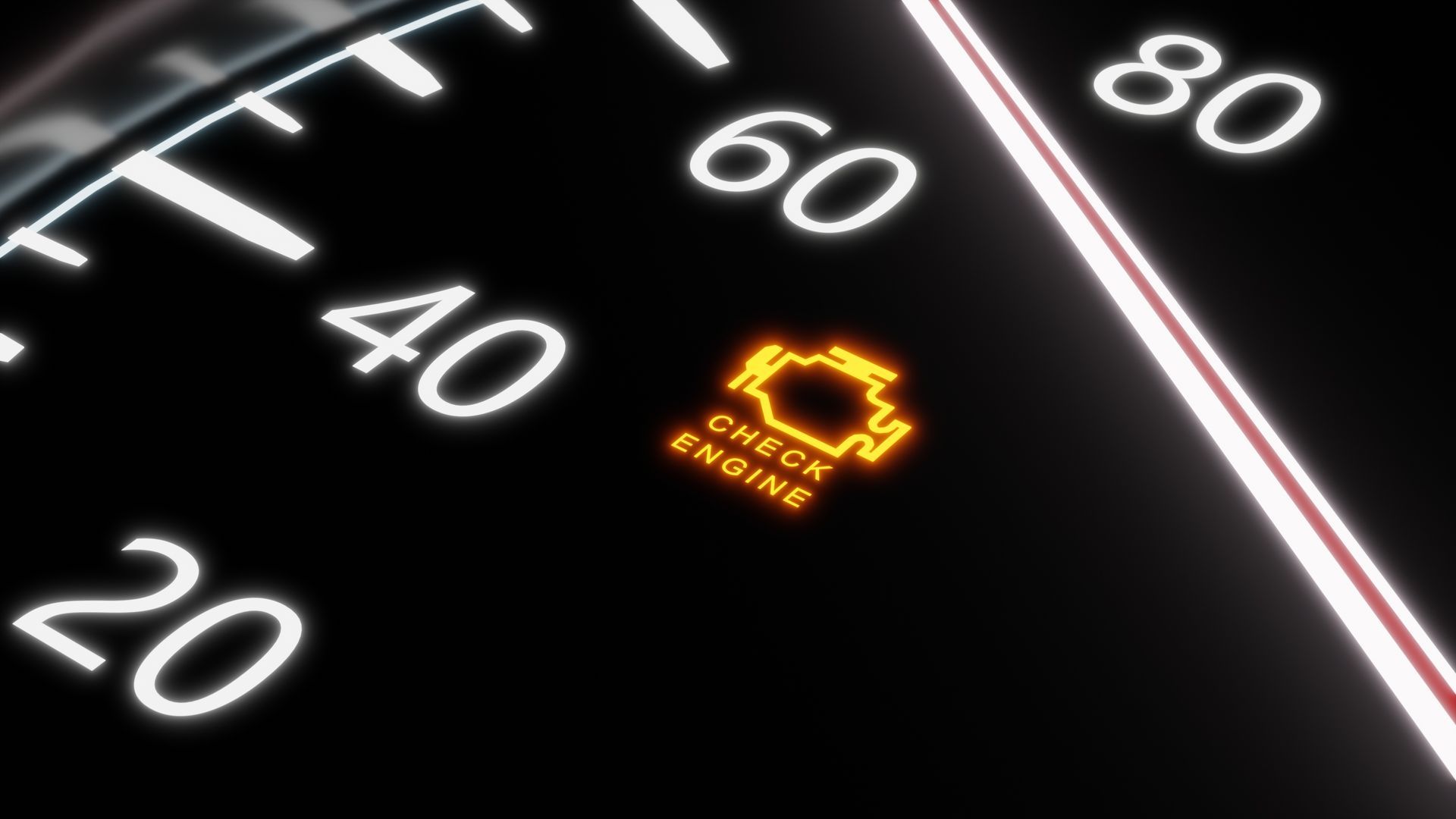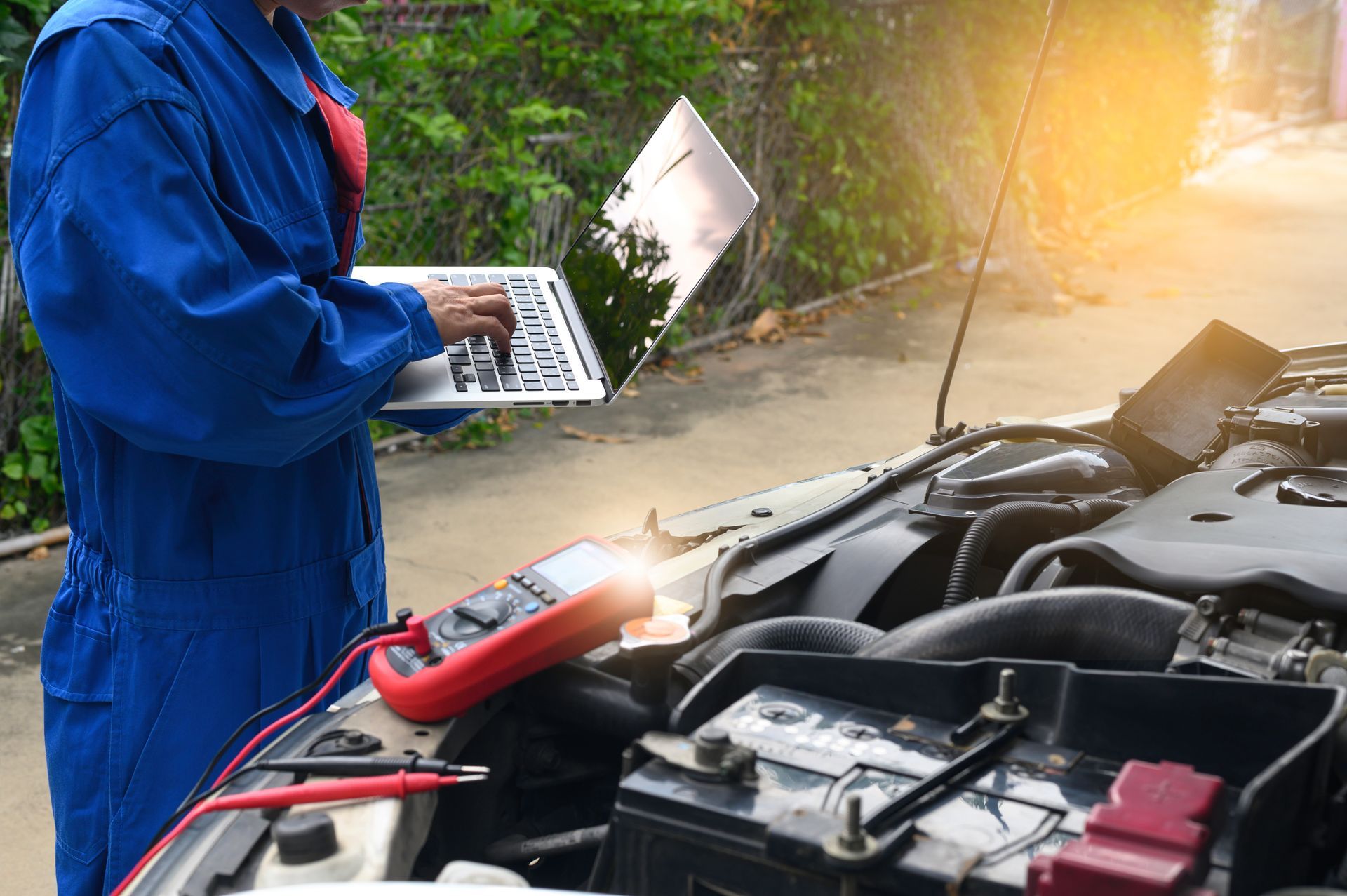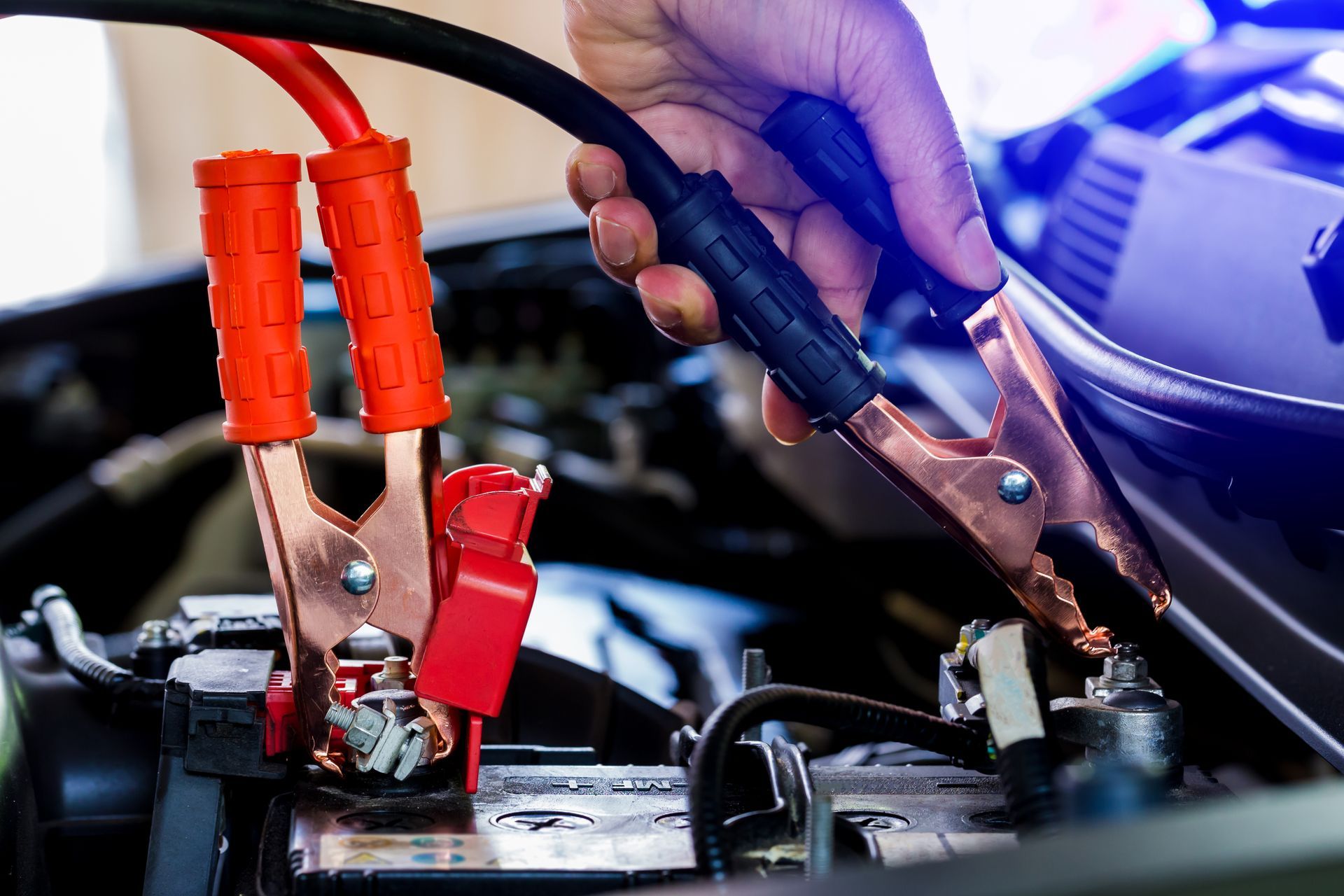Your car’s thermostat may be a small part, but it plays a big role in how your engine runs. It helps regulate the temperature of the engine by controlling the flow of coolant. When it’s working properly, your engine reaches its optimal temperature quickly and stays there. But when it sticks open or closed, things can go wrong in a hurry.
If you've noticed your car overheating or taking too long to warm up, the thermostat might be the reason. Here's how it works, what can go wrong, and why it should never be ignored.
How the Thermostat Regulates Engine Temperature
The thermostat sits between the engine and the radiator. It stays closed when the engine is cold, allowing the engine to warm up faster by keeping coolant from circulating. Once the engine reaches a specific temperature, the thermostat opens, letting coolant flow to the radiator, where it’s cooled before cycling back through the engine.
This process keeps the engine running at an ideal temperature—warm enough for efficient operation but cool enough to prevent overheating.
Signs the Thermostat Is Stuck Open
If the thermostat is stuck in the open position, the engine may never reach the proper temperature. Cold coolant keeps circulating even when the engine is still warming up. As a result, you might notice:
- Poor cabin heat
- Sluggish performance
- Reduced fuel efficiency
- A check engine light
Driving with a stuck-open thermostat isn’t immediately dangerous, but it puts extra strain on the engine and may lead to increased wear over time.
Signs the Thermostat Is Stuck Closed
A thermostat stuck in the closed position is a more serious problem. If it fails to open, coolant can’t flow to the radiator, and the engine can overheat quickly. Symptoms of a stuck-closed thermostat include:
- Rising temperature gauge
- Steam from under the hood
- Engine overheating warning light
- Coolant boiling in the reservoir
Overheating can warp engine components and cause a blown head gasket. If your car is showing these symptoms, it’s important to shut it off and let it cool before driving any further.
What Causes Thermostats to Fail?
Thermostats can wear out from age and repeated cycling. Rust, corrosion, or debris in the cooling system can prevent the thermostat valve from opening and closing correctly. Sometimes the issue is with the sensor or the thermostat housing, which can also affect how the system performs.
Routine coolant flushes help prevent buildup that leads to thermostat issues. If your coolant hasn’t been changed in a while, it might be time to have it checked.
Is It Safe to Drive With a Failing Thermostat?
In some cases, yes—but not for long. If the thermostat is stuck open, you may be able to get by temporarily, although it’s not ideal. If it’s stuck closed or the engine is overheating, driving can cause major damage. The best course of action is to have the thermostat inspected or replaced as soon as possible.
Thermostat Replacement Is a Straightforward Repair
Replacing a thermostat is typically a quick and affordable repair. A technician can remove the old part, inspect the housing, and install a new thermostat with fresh coolant. In many cases, the entire service can be completed in just a few hours.
If the issue is caught early, there’s little risk to the engine. Delaying the repair, however, increases the chance of severe damage.
Reliable Thermostat Diagnostics and Repairs in Plainfield, IL
At Precision Diagnostics Inc in Plainfield, IL, we know how important it is to catch small issues before they become big ones. If your engine is running too hot, too cold, or just not right, our technicians can inspect your cooling system, test the thermostat, and make sure everything is working as it should.
Book a diagnostic appointment today and let us help you keep your engine running at the right temperature, all year long.










